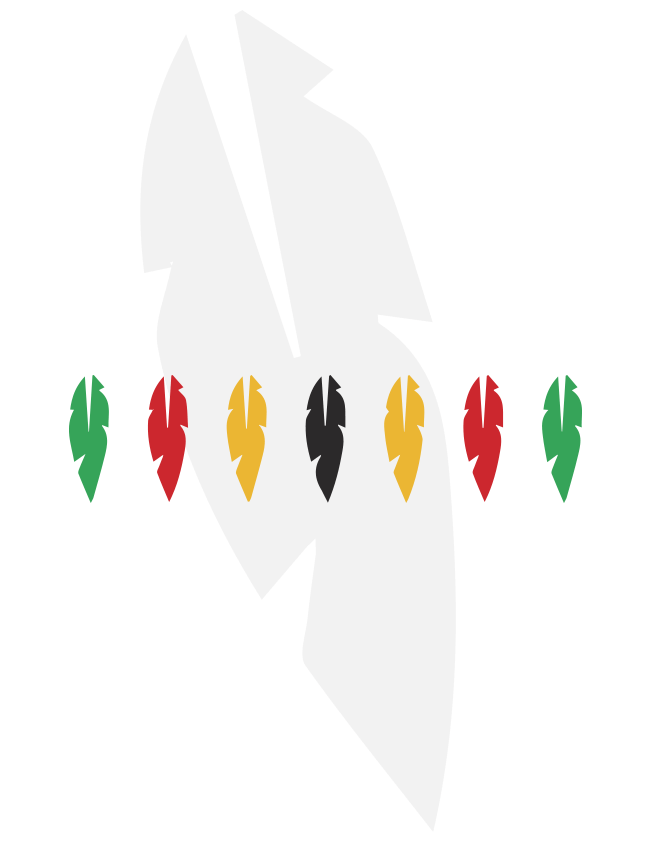
Welcome to Mi’gmaq Child and Family Services of New Brunswick
Ke’s Klu’scap pekwi-ala’sitek na welteskuatl kisikui’skwal pemkopilitil kuntewiktuk. Na elietl aq pipanimatl “wen net ki’l?” “tami tleyawin?” Kisikui’skw ankamatl Klu’scap-al aq telimatl “Mu nenuiwun? Ni’n na kukumij. Wla kuntew maqamikewiktuk etek na wetapeksi. Kesi-eksitpukewey kekpewisk weski’sik kuntewiktuk, aq apoqnumuit mimajua’teket, na tujiw iknmuwimkep mtinin kisikui’skewey, ke’s me’ nestuek aq keyte’ket. Kepmite’men nsituoqnm aq keyte’kemeweyum, na wla kuntew apoqnmultew aq nsita’sites ta’n teli-kelu’lk wla wksitqaqmu.
Mi’kmaq Creation Stories, Fifth Level of Creation
As Glooscap travelled around, he came upon an old woman sitting on a rock. So he went up to her and said “Who are you? Where do you come from?” The old woman looked at Glooscap and said: “You don’t recognize me? I am your grandmother. I owe my existence from this rock on the ground. Early this morning dew formed on this rock surface and with the help of the Giver of Life I was given the body of an old woman already wise and knowledgeable. If you respect my wisdom and my knowledge, this rock will help you understand your place in this world.”
The creation of the Mi’gmaq Child and Family Services of New Brunswick Inc.
In 2010, a report called Hand-in-Hand: A Review of First Nations Child Welfare in New Brunswick was released by the New Brunswick Child and Youth Advocate. The report contained 93 recommendations. One of them being the amalgamation of Mi’gmaq child and family services in order to improve the quality of services provided to Indigenous children within their communities.
This reform process called for quality assurance in the service delivery and that it be guided by the Touchstone Principles of Indigenous child welfare.
The report recognized the effect of inter-generational trauma associated with the legacy of Residential Schools and the Sixties Scoop.
